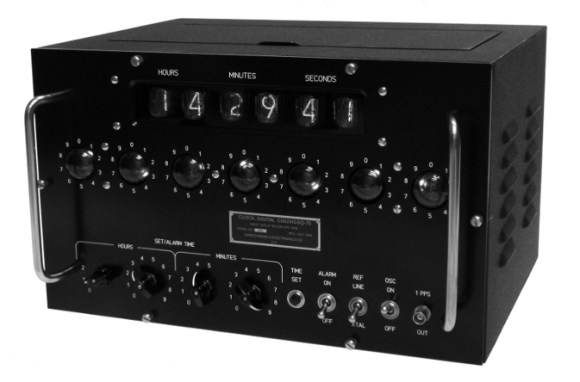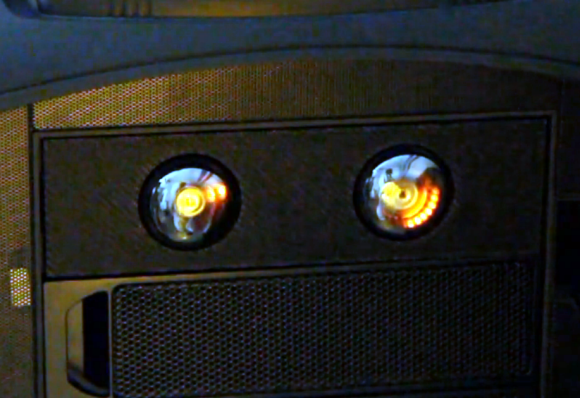Clocks are great projects to build. They serve a real purpose, and there’s a wide variety of ways to implement a unique timepiece. [Hank]’s Cold War Clock only uses parts and technologies that were available in 1959. It contains no semiconductors, but has an audible alarm and reasonable time accuracy.
Looking through the hand drafted schematics, you’ll find a number of Dekatron tubes. These vintage components are used as registers to store and count the time. [Hank] found some cheap Soviet Dekatrons, but had to machine his own sockets to connect them. These tubes do the counting, but the actual display consists of nixies.
A cost estimate puts this clock at $2130 in 1959, which equates to $17040 today. Clearly this would be outside the price range of most hobbyists. The actual build cost [Hank] around $1600.
There’s some intricate details in this build. The front panel has an authentic look to it, and the manual has instructions for “demolition of clock to prevent enemy use.” [Hank] calls it a “creative anachronism.” In a sense, it’s a reproduction of a product that never actually existed.
A video of this clock in action, including the Cold War era alarm, is after the break.















